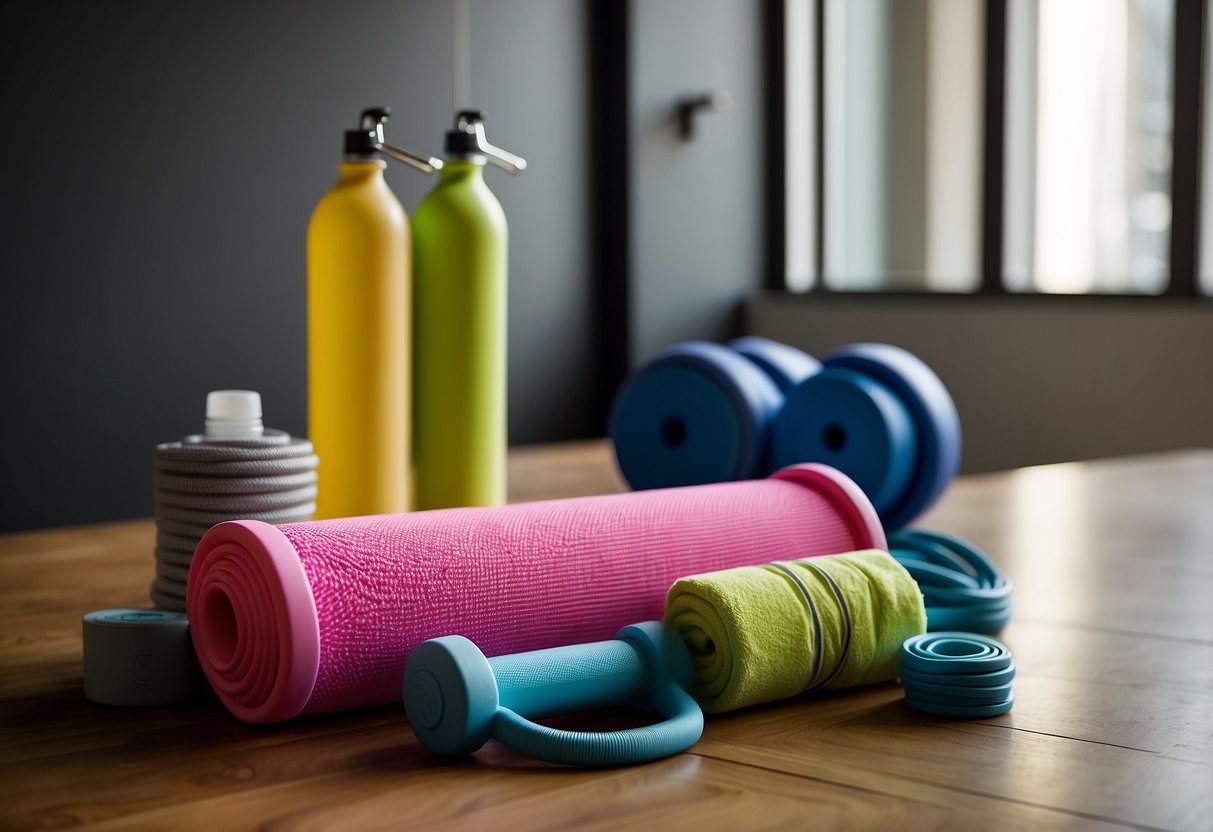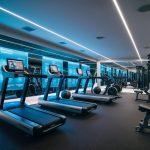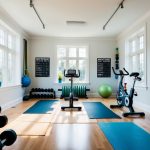
Creating a home gym on a budget is not only possible but can be incredibly effective for achieving your fitness goals. Whether you aim to lose weight, build muscle, or improve overall wellness, setting up a budget-friendly gym can set you on the path to success without breaking the bank. Start with a few key pieces of versatile equipment like resistance bands, a good set of dumbbells, and a yoga mat. These items provide the foundation for a wide range of workouts and can be found at affordable prices.
By focusing on multifunctional equipment, you can maximize the utility of your space and budget. Adjustable dumbbells, for instance, can replace several sets of fixed weights, saving space and money. Resistance bands are another excellent choice, offering different levels of resistance that can be used for strength training, flexibility exercises, and even rehabilitation. Don’t underestimate the importance of a solid workout bench and stability ball, which add variety and complexity to your exercises.
Planning and prioritizing are essential when building a home gym. Look for sales, second-hand options, and reliable online retailers to find the best deals. Consider what types of exercises you enjoy and what your fitness goals are. Invest in equipment that aligns with your specific fitness objectives to ensure you stay motivated and engaged in your workouts. A budget home gym can be both practical and inspirational, helping you stay on track without the need for an expensive gym membership.
Assessing Your Space
Identifying the right area for your home gym ensures a practical and enjoyable workout experience. Attention to room choice and space efficiency can make a substantial difference in usability and comfort.
Choosing the Right Room
Start by evaluating the different rooms in your home to determine which is most suitable. A garage is a popular option due to its open floor plan and high ceilings, offering the flexibility needed for a variety of equipment. If the garage isn’t available, consider a basement as it often provides a sizable, uninterrupted space that’s cool in temperature, beneficial during intense workouts.
A spare bedroom can also serve as a workout space if limited elsewhere. Ensure the room has adequate ventilation and natural light. Strong and supportive flooring is essential, particularly if heavy weights or impact exercises are involved. Assess the room’s square footage to confirm it can house the essentials like a bench, weights, or a treadmill without feeling cramped.
Maximizing Limited Space
In smaller homes or apartments, maximizing limited space becomes crucial. Begin by utilizing multifunctional equipment like adjustable dumbbells or collapsible benches that save room. Wall-mounted storage solutions can help keep the area tidy and free up floor space.
A foldable treadmill or bike fits well into tight quarters, easily stored when not in use. Mirrors on the walls create an illusion of more space and assist with form during exercises. Consider vertical storage racks for items like yoga mats or resistance bands. Decluttering the chosen area regularly helps maintain an inviting and functional workout space.
Defining Your Fitness Goals
Defining clear fitness goals is crucial for building a home gym that suits your training needs. To make precise decisions, consider the exercises and equipment required for strength and overall fitness improvement.
Tailoring Equipment to Your Training
Any effective fitness routine starts with an understanding of personal goals. If strength training is the main focus, investing in free weights such as dumbbells and kettlebells is essential. These allow for a range of exercises targeting various muscle groups. For those focusing more on cardiovascular fitness, equipment like a jump rope or a treadmill can be very effective.
Combining both cardio and strength equipment can create a balanced workout regime. For those on a budget, resistance bands and body-weight exercise guides can serve as versatile and affordable options. Ensuring that each piece of equipment aligns with specific fitness goals can maximize the effectiveness of a home gym setup.
Understanding Different Exercise Requirements
Different types of exercises fulfill various fitness goals. Cardiovascular exercises, such as running or cycling, are designed to improve heart health and endurance. For these exercises, equipment like treadmills, exercise bikes, or even a space for running in place is beneficial. Strength training, on the other hand, focuses on building muscle and increasing overall body strength. Dumbbells, barbells, and weight benches are excellent for this type of training.
Flexibility and balance are also important components of a fitness regimen. Yoga mats and stability balls can aid in achieving these goals. Understanding the specific requirements for each exercise type allows for a more efficient equipment selection, ensuring that all aspects of fitness are addressed.



